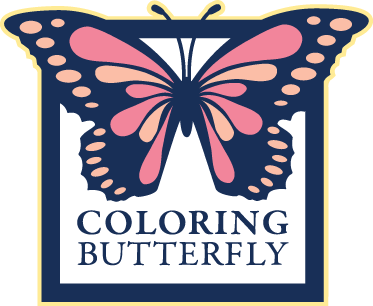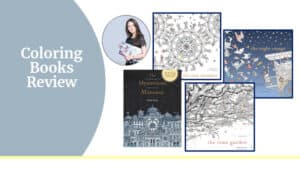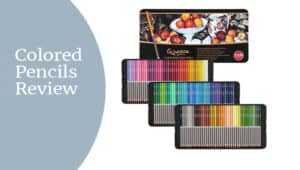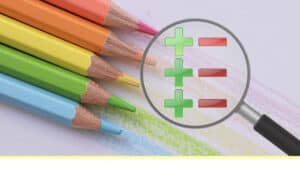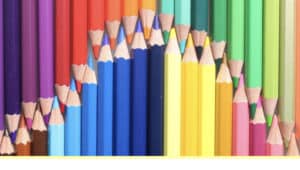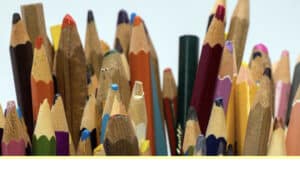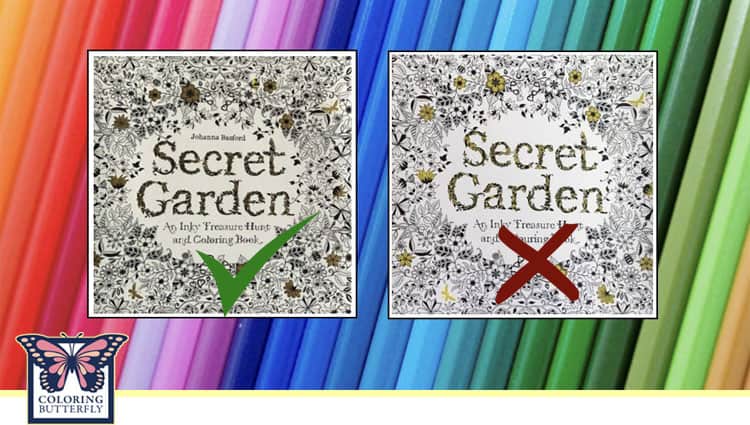
Table of Contents
ToggleA checklist to help you spot poor/fake coloring books on Amazon.
As a coloring community, we purchase colored pencils, coloring books, and accessories for enjoying our hobby, creating beautiful art, and much more. When making those purchases on Amazon or other online retailers, we usually don’t stop and think about whether we are buying a fake or counterfeit product, which happens much more than you might think.
This article focuses on ways to spot fake coloring books on Amazon and other eCommerce sites.
How to Spot Fake Coloring Books
Table of Contents
- How to Spot Poor or Fake Coloring Books
- Use the Amazon “Look Inside” Feature
- Click on the Author’s Name/Profile
- Check for Artists Published Books
- Poor Quality/Low-resolution Images
- Coloring Book Cost Is Cheap, Really Cheap
- Poor Quality/Distorted Coloring Book Covers
- Fuzzy Barcodes
- Coloring Book Paper
- Find Clues in the Coloring Book Description
- Carefully Review Coloring Book Reviews
- Reporting Fake Coloring Books and Products
Other resources. Check out other supporting resources on ColoringButterfly.com that you might enjoy.
- 9 Ways to Spot A Safe vs. Shady Amazon Third-party Seller
- Guide to Amazon Colored Pencil Reviews (Fake vs. Trustworthy)
- Buying A Coloring Book: Everything You Need to Know (Guide)
- Buying Colored Pencils? Everything You Need Know (Guide)
How to Spot Poor or Fake Coloring Books
I want to share how to spot fake coloring books. Shop smart, stay safe, enjoy, and share the wonderful world of adult coloring. I use the following checklist to identify poor or fake coloring books. The following are a few signs to look for. [TOC]
Use the Amazon “Look Inside” Feature
Look Inside allows you to preview a few coloring book pages before buying. Do the pages in the coloring book follow the theme of the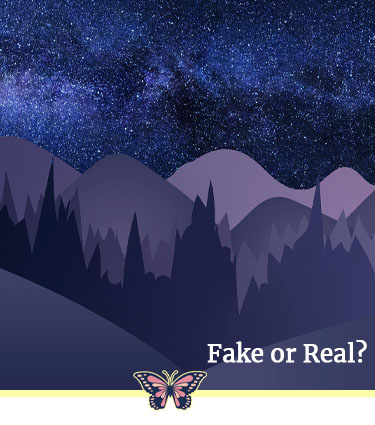 book? If you are looking for a book about butterflies and the interior of the book show animals, shapes and dragons, you may be looking for a coloring book with pirated/stolen images. The look-inside feature will allow you to see between 10% and 20% of books. [TOC]
book? If you are looking for a book about butterflies and the interior of the book show animals, shapes and dragons, you may be looking for a coloring book with pirated/stolen images. The look-inside feature will allow you to see between 10% and 20% of books. [TOC]
Click on the Author’s Name/Profile
When you click on the author, you should see the author’s profile in the form of an author’s page. The Authors page provides a short bio, a follow me button, and links to other books by the artist/author. Authors of legitimate coloring books will provide the detail for the author’s page, while authors of poor or fake coloring books will not. [TOC]
Check for Artists Published Books
Check for the number of books published by the artists/author. The quality artists will have their collection of published coloring books listed in their profile. These books will list the date published. If you find that the author has published many coloring books in a short time, consider that as a caution sign that you have a poor coloring book. If there are no books listed in the author section, search on amazon for the author’s name (e.g., “name of author” coloring books). [TOC]
Poor Quality/Low-resolution Images
When you look at poor-quality or fake coloring books, you will notice that the cover and coloring pages are poor. The higher-quality coloring books images and line drawings will be crisp and fit on the pages correctly. [TOC]
Coloring Book Cost Is Cheap, Really Cheap
The artist will make fewer royalties when a coloring book is on sale. A typical sale price for coloring books can be 15 to 25%. If you find a coloring book that is 10% of the original price, you probably have pirated/fake coloring books. [TOC]
Poor Quality/Distorted Coloring Book Covers
A coloring book cover can tell you a lot about the book. A quality coloring book will have a good design cover/professional look, and the words will be spelled correctly. Look at the back side of the cover. A quality coloring book cover will have examples of the images inside, a description and an ISBN. If the back covers are blank and only show the ISBN, you may be looking at a poor/fake coloring book. [TOC]
Fuzzy Barcodes
If the book barcode is fuzzy, you most like have a fake coloring book.
Coloring Book Paper
A poor coloring book will have thin paper, as found in many self-published books (e.g., Amazon Kindle). The thin paper is not very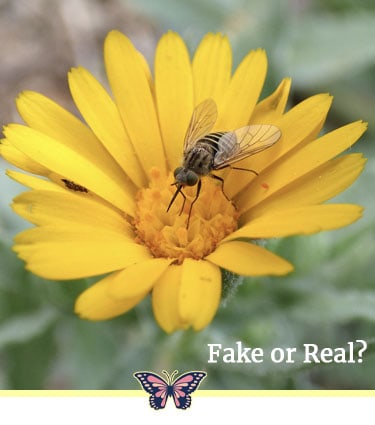 absorbent and not suitable for coloring. [TOC]
absorbent and not suitable for coloring. [TOC]
Find Clues in the Coloring Book Description
A coloring book description will be well written, use good grammar, and have correctly spelled words. A good quality description for a coloring book will have descriptions like “original art,” list the number of line art/illustrations inside, the types of illustrations and whether the artwork is on one side or both sides, perforated, and more. Poor and fake coloring books will be devoid of such detail, and the description may not even exist. [TOC]
Carefully Review Coloring Book Reviews
If all the reviews are 4/5 stars, start looking for the reviews that have a photo associated with them. Reviewers will commonly post pages they have colored or provide a flip-through. Look at the one and two-star reviews for comments describing the book’s quality. [TOC]
Reporting Fake Coloring Books and Products
Entire coloring books have been pirated and resold at a dramatically reduced cost. Many of these books are created in Asian countries (e.g., China). Eighty percent (80%) of fakes originate from China/Hong Kong. The coloring books are marketed on eCommerce sites to earn some easy/quick money. [TOC]
Report Fake Coloring Book to Author
Report suspected fake coloring books to Artist/author. If you suspect a coloring book/page is fake, copied, or pirated, reach out to the artist/author via social media. The artist can tell you whether the coloring book is real or fake. If the coloring book is fake, the artist can take steps to report the fakes to Amazon, eCommerce sites, Facebook and Facebook groups and other social media outlets where the fakes are found. Often, artists are the only ones allowed to report suspected fake coloring books to Amazon and eCommerce sites. [TOC]
When A Hobbyist Suspects a Fake Coloring Book
What can hobbyists do when they suspect fakes? When a hobbyist suspects/finds fake coloring pages, sites like Facebook and Pinterest have processes in place where a person can, for example, send a screenshot and URL where the fake page is found. In addition, such as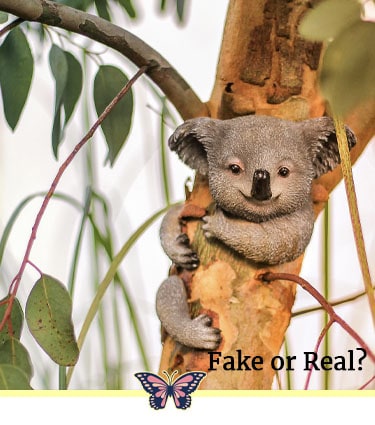 on Facebook, we find copyright vigilantes doing their best to educate hobbyists on the differences between copyrighted and pirated and stolen images. Some group administrators have strict guidelines regarding what is allowed by members who post images without artist and source attributions. [TOC]
on Facebook, we find copyright vigilantes doing their best to educate hobbyists on the differences between copyrighted and pirated and stolen images. Some group administrators have strict guidelines regarding what is allowed by members who post images without artist and source attributions. [TOC]
Fake Coloring Books on Amazon
How fake coloring books/products end up on Amazon. Amazon does not evaluate/police whether a product is fake or not. Most fake products come from everyday staples like Dove soap, Similac formula, and Hydro Flask bottles. The products look exactly like the original but are made from cheaper materials. Traditionally Amazon has relied on the companies and consumers to report fake/counterfeit products. In recent years, Amazon has enacted procedures and tools that review hundreds of data points to identify fake products. [TOC]
Ecommerce Sites and Copyright
Ecommerce sites take copyright infringement seriously. Any eCommerce site’s last thing is to have pirated or fake coloring books or goods on their sites. And they aggressively work to identify and ride their sites of the products. [TOC]
Copyright Owners Have Responsibility
Copyright owners report copyright Infringement. Amazon receives hundreds of infringement reports weekly. When companies like Amazon receive complaints from the intellectual property owner (the one who owns the copyright), Authors have strict guidelines on reporting copyright infringement. Once a complaint is received, Amazon begins an in-depth process to investigate the complaint. The suspected pirates who copied the work no longer receive royalties for the artist’s/authors work. [TOC]
When Artists are Falsely Accused
When an artist/author is falsely accused, if an artist of who owns the copyright has been falsely accused, they are now placed in a difficult situation. Their works are suspended, and their royalties are stopped. Why are false infringement claims made? Sometimes it is simply a mistaken assumption, while other times, it could be a person/company seeking to get competitors removed from Amazon/eCommerce site completely. When an artist is falsely accused, they are afforded a limited time to address the issues by following a series of outlined steps provided by the Amazon/eCommerce site. Many of the artists/authors end up having to recreate the original work. [TOC]
If you liked this article, please share it with others.
